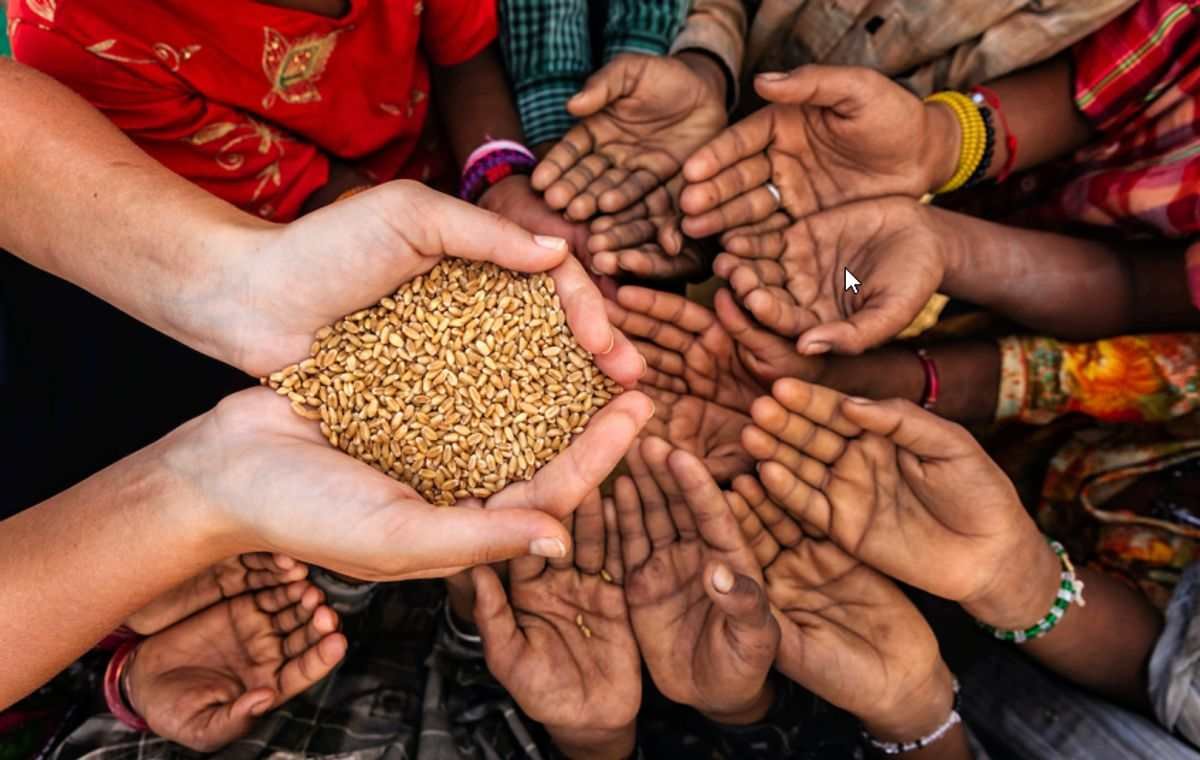Kent L. Bradley M.D., MBA, MPH, Herbalife Nutrition Chief Health and Nutrition Officer
One of our most basic human needs is to feel safe and secure. We often think about this through the lens of physical security – crime rates or conflict. But security also applies to food, knowing when and how you will be able to get your next meal and one’s overall access to sufficient, affordable food.
We are experiencing a threat to our food security through the impact of decreasing access to nutritious food. After decades of steady decline, world hunger has slowly been on the rise since Today, two billion people worldwide do not have regular access to sufficient, nutritious food, according to the United Nation’s State of Food Insecurity 2020 (SOFI) report.
Global policy leaders have recognized this important issue and have laid out a bold call to action to eliminate hunger and food insecurity by 2030 as part of the United Nation’s Sustainable Development Goals.
Why the Zero Hunger Goal Is in Jeopardy
It may be hard to imagine that nearly 3 billion individuals cannot afford a healthy diet and that 1 in 10 individuals are experiencing severe food insecurity: many of us see obesity on the rise and are confused when we talk about hunger. The statistics are both alarming and puzzling, but hunger is a complex problem and there is more than meets the eye.
Consider the triple burden of malnutrition :
- Undernutrition
- Micronutrient deficiency
- Obesity
Complex issues are rooted in more than just one cause. These are some of the reasons why the Zero Hunger goal is in jeopardy:
Healthy diets are unaffordable to many people.
We live in a world where calorie-rich foods are cheap and more accessible, but they lack the nutrients critical to growth, development, and overall health. According to the 2020 SOFI report, healthy diets are estimated to be five times more expensive than diets that meet dietary energy needs through high-calorie, high-fat foods. Furthermore, the cost of a healthy diet exceeds the international poverty line (USD 1.90 purchasing power per person per day), making it unaffordable for the poor.
The COVID-19 crisis increased food insecurity.
A preliminary projection of the Food and Agricultural Organization of the United Nations suggests that the COVID-19 pandemic may add an additional 83 to 132 million people to the total number of undernourished in the world in 2020. Additionally, disruptions to food supply and the reduction of income due to the massive economic losses caused by COVID-19 mean that households worldwide are experiencing more challenging circumstances, making it more difficult for vulnerable communities to acquire or have access to nutritious foods.
Rapid rates of urbanization promote unhealthy diets.
Work-away and eat-away-from-home habits – tied to the expansion of cities – have a direct impact on the demand for easy-to-prepare, highly processed foods or convenience foods that are often calorie-dense and high in fats, sugars, and/or salt and do not necessarily contribute to healthy diets.
Steps We Can Take to Achieve Zero Hunger
Urgent action is needed to get back on track to achieving the Zero Hunger goal. Making nutritious food available should be the priority, and that will require countries to rebalance agricultural incentives and investments and policies that foster behavioral change towards healthy diets.
However, all of us can take small steps to end hunger and all forms of malnutrition :
Reduce food waste.
According to the Food and Agriculture Organization, an estimated one-third, or about 1.3 billion tons, of all food produced globally is lost or goes to waste, which contributes to global food insecurity.
Fresh food spoils over time and in certain environmental conditions. Thus, innovation of how to create more sustainable, cost-effective, and nutrient-dense diets, as well as support and improvements in the supply chain are needed.
You can contribute to reducing food waste by planning meals ahead to ensure you’re preparing only what you can consume, by repurposing foods that are reaching expiration or by donating extra shelf-stable food items to local food banks.
Support organizations that address hunger-related issues.
Through Herbalife Nutrition’s Nutrition for Zero Hunger initiative (NFZH) we partner with organizations focused on addressing hunger, food insecurity and malnutrition. We work with organizations – such as Feed the Children, The Hunger Project, National Hispanic Council on Aging, and Chrysalis – who are doing the work on the ground to help support access to nutritious foods and working to address systemic food insecurity, and malnutrition. Our partnership and nutrition expertise will help further their reach and overall impact.
Promote nutrition education to help people make healthier choices.
Nutrition and a healthy, active lifestyle can greatly impact health, but education can often be a challenge for those who may not know how to get started or overwhelmed by conflicting information. As part of our NFZH initiative, we work with our network of nutrition experts to develop and provide tools to empower people to make healthy choices. Our NFZH partners help us sharing tools and resources to increase nutrition education and customizing it for communities across geographies, languages, and ages.
Bringing hunger and malnutrition to an end will require a collective effort where policymakers, civil society, and the private sector come together. You too can be a part of the global calling for NutritionforZeroHunger by learning more, raising awareness, and getting involved. Every effort counts when it comes to tackling such a pressing global issue like hunger.




